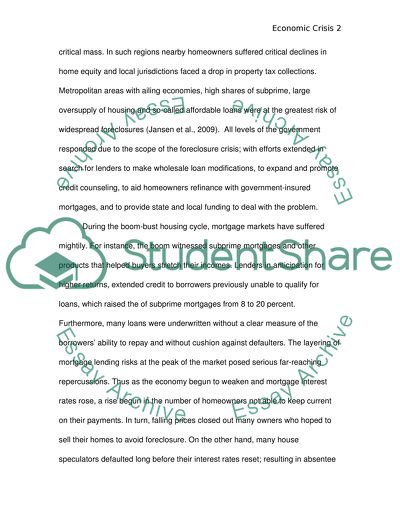Cite this document
(“Economic impact of downturn in housing/mortgage industry in the US Research Paper”, n.d.)
Retrieved de https://studentshare.org/macro-microeconomics/1390554-economic-impact-of-downturn-in-housing-mortgage
Retrieved de https://studentshare.org/macro-microeconomics/1390554-economic-impact-of-downturn-in-housing-mortgage
(Economic Impact of Downturn in housing/Mortgage Industry in the US Research Paper)
https://studentshare.org/macro-microeconomics/1390554-economic-impact-of-downturn-in-housing-mortgage.
https://studentshare.org/macro-microeconomics/1390554-economic-impact-of-downturn-in-housing-mortgage.
“Economic Impact of Downturn in housing/Mortgage Industry in the US Research Paper”, n.d. https://studentshare.org/macro-microeconomics/1390554-economic-impact-of-downturn-in-housing-mortgage.


